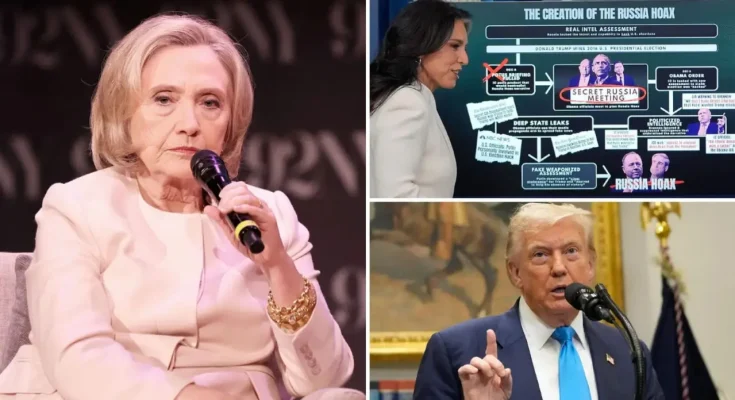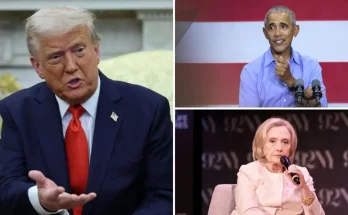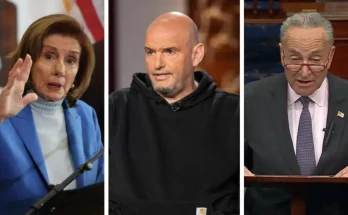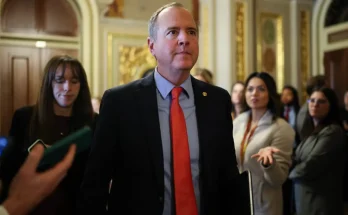August 2025 — A recent release of declassified U.S. intelligence documents has reignited political debate, suggesting that former Secretary of State Hillary Clinton approved a strategy in 2016 to link then-presidential candidate Donald Trump to Russia.
The documents, part of a newly declassified intelligence annex, claim that the Clinton campaign sought to distract the public from her ongoing email investigation by promoting a narrative that Trump was colluding with Russian operatives. The allegation, which has circulated in political circles for years, now appears in official government files—though key details remain unverified.
The Origin of the Allegations
According to the documents, Clinton allegedly approved a plan—proposed by one of her foreign policy advisers—to link Trump to Russian interference in the election. This was reportedly intended to “vilify” Trump and shift media attention away from Clinton’s use of a private email server during her time as Secretary of State.
The material suggests that the Clinton campaign was aware of this strategy and may have used various political and media channels to amplify the narrative.
What Investigations Found
While these claims have stirred controversy, it’s important to note that multiple investigations—including by Special Counsel Robert Mueller and a bipartisan Senate Intelligence Committee—have not found direct evidence that the Trump campaign conspired with Russia.
The Mueller Report, released in 2019, confirmed that Russia did attempt to interfere in the election but did not establish criminal coordination between the Trump campaign and Russian operatives.
Additionally, the FBI previously examined intelligence surrounding these claims but did not verify the accusation that the smear plan was officially authorized or executed by the Clinton campaign.
Political Reactions
The release of the documents has drawn sharp reactions from both sides of the aisle.
- Republican lawmakers argue the findings support long-standing concerns that elements of the Russia narrative were politically motivated. Some suggest there was a coordinated effort to damage Trump’s campaign and presidency.
- Democratic leaders and former intelligence officials have pushed back, saying the documents are inconclusive and include unverified foreign intelligence, possibly influenced by adversarial actors.
What This Means Going Forward
While the documents provide insight into the political climate of 2016, they don’t conclusively prove that the Clinton campaign fabricated the entire Russia collusion story. Instead, they add to a complex narrative that mixes political strategy, foreign interference, and a highly polarized American electorate.
The debate surrounding these revelations is likely to continue as more details are reviewed. What remains clear is that the intersection of politics, intelligence, and media influence remains as relevant—and divisive—as ever.
Final Thoughts
This development is a reminder of the deep divisions that shaped the 2016 election and its aftermath. While the full truth behind the Clinton campaign’s internal strategy may never be fully known, transparency and accountability remain essential in preserving trust in the democratic process.



